6. Greed (1924), directed by Erich von Stroheim
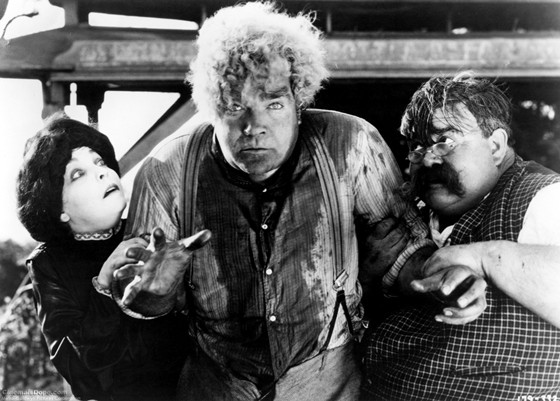
One of the greatest films ever made, “Greed” is the masterpiece of director Erich von Stroheim (you surely know him for being the butler in the classic “Sunset Boulevard”, directed by Billy Wilder). Being one of the most famous cases of studio interference in post-production, “Greed” is a mandatory film for any cinephile.
The original cut of the film was 462 minutes long (7 hours and 42 minutes) but it was released with 140 minutes (2 hours and 20 minutes) at the time. In 1999, Turner Entertainment restored the film, combining the footage with more than 600 still photographs of “Greed” and released a 239-minute version of the movie.
The film is an example of how powerful visual storytelling can be and, as Nolan said, this is a title – among “Sunrise” (1927), directed by F.W. Murnau – that “explore the possibilities of purely visual storytelling,” something that he tries in “Dunkirk”.
In “Greed”, we follow John McTeague, a mine worker who becomes a dentist and falls in love with Trina, the girlfriend of his friend Marcus. After Trina and McTeague are married, she wins the lottery, something that will initiate a spiral of conflicts revolving around greed.
After watching the restored version, there is no doubt that “Greed” is a silent classic that deserves to be among the movies considered the best in history and, therefore, is a mandatory film for anyone who loves cinema.
7. Foreign Correspondent (1940), directed by Alfred Hitchcock
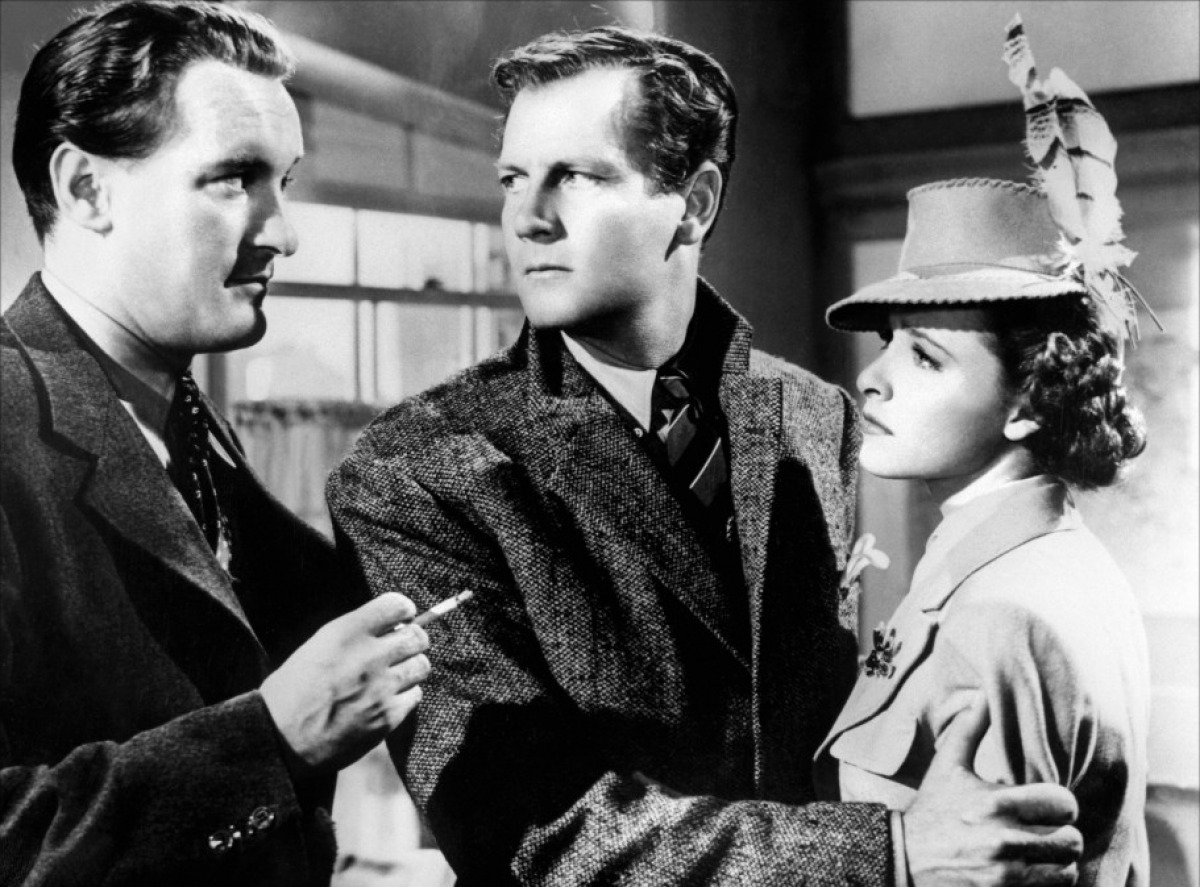
Christopher Nolan said that the virtuosity Hitchcock had in the downing of the plane at the sea in “Foreign Correspondent” provided inspiration for “Dunkirk”. In the words of the director while speaking to the British Film Institute, “no examination of cinematic suspense and visual storytelling would be complete without Hitchcock.”
In “Foreign Correspondent”, we are introduced to Johnny Jones, an action reporter from New York who is sent to Europe to get the story of a secret agreement made by a diplomat that involves two European countries. After that, some things go wrong and Jones gets help from a woman to find a group of spies.
Playing with a variety of genres, from action and romance to espionage and thriller, “Foreign Correspondent” has clever dialogue and is a very entertaining film. The visual effects, particularly in the downing of the plane, along the mise en scène of this film are impeccable and, even though this might not be among the best works in Hitchcock’s career, it’s definitely a film worth watching.
8. The Thin Red Line (1998), directed by Terrence Malick
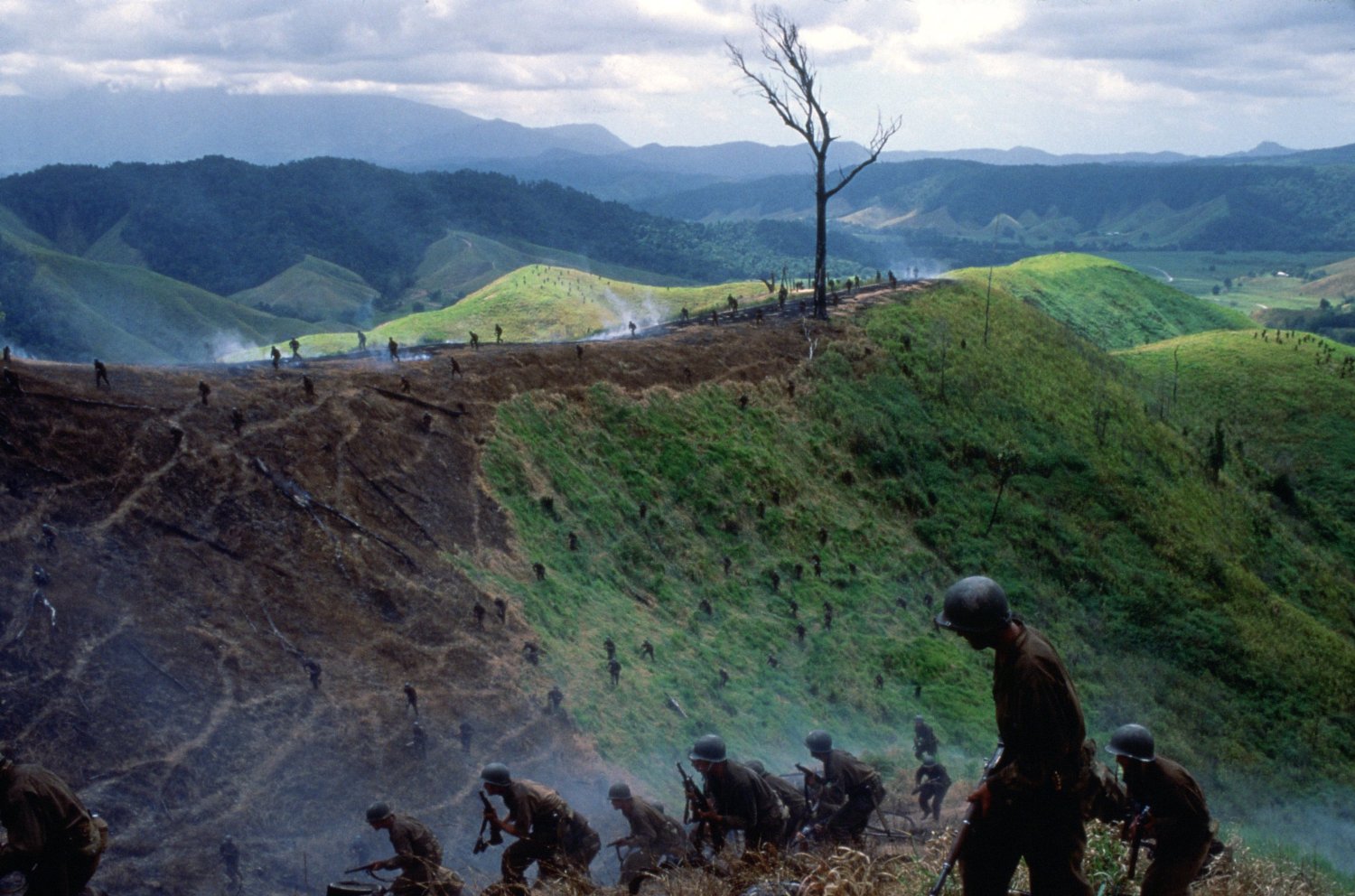
Terrence Malick’s “The Thin Red Line” is an adaptation of a novel of the same name written by James Jones. In this film we watch a part of the Guadalcanal Campaign called the Battle of Mount Austen, where the U.S. Army fought Japanese soldiers that had a very solid position on many ridges and hills of the Solomon Islands.
Starring many famous actors such as Nick Nolte, James Caviezel, Sean Penn, John Travolta, George Clooney, John Cusack, Jared Leto and Woody Harrelson, “The Thin Red Line” is a film more about emotion than about the plot, and that is exactly what makes this movie so special in comparison with others about war.
Caviezel’s character, Private Witt, who goes AWOL from the unit he belongs to, is surely among the most interesting characters in the war genre. From the first scene of the film to the end of his character arc, his dialogue with 1st Sgt. Edward Welsh (Sean Penn) dictates how complex of a character he is – or how lost he is in the middle of all that violence.
“The Thin Red Line” is without any doubt among the best war films of all time and one of the best works from acclaimed director Terrence Malick and, therefore, should definitely be watched before you see “Dunkirk”.
9. Apocalypse Now (1979), directed by Francis Ford Coppola
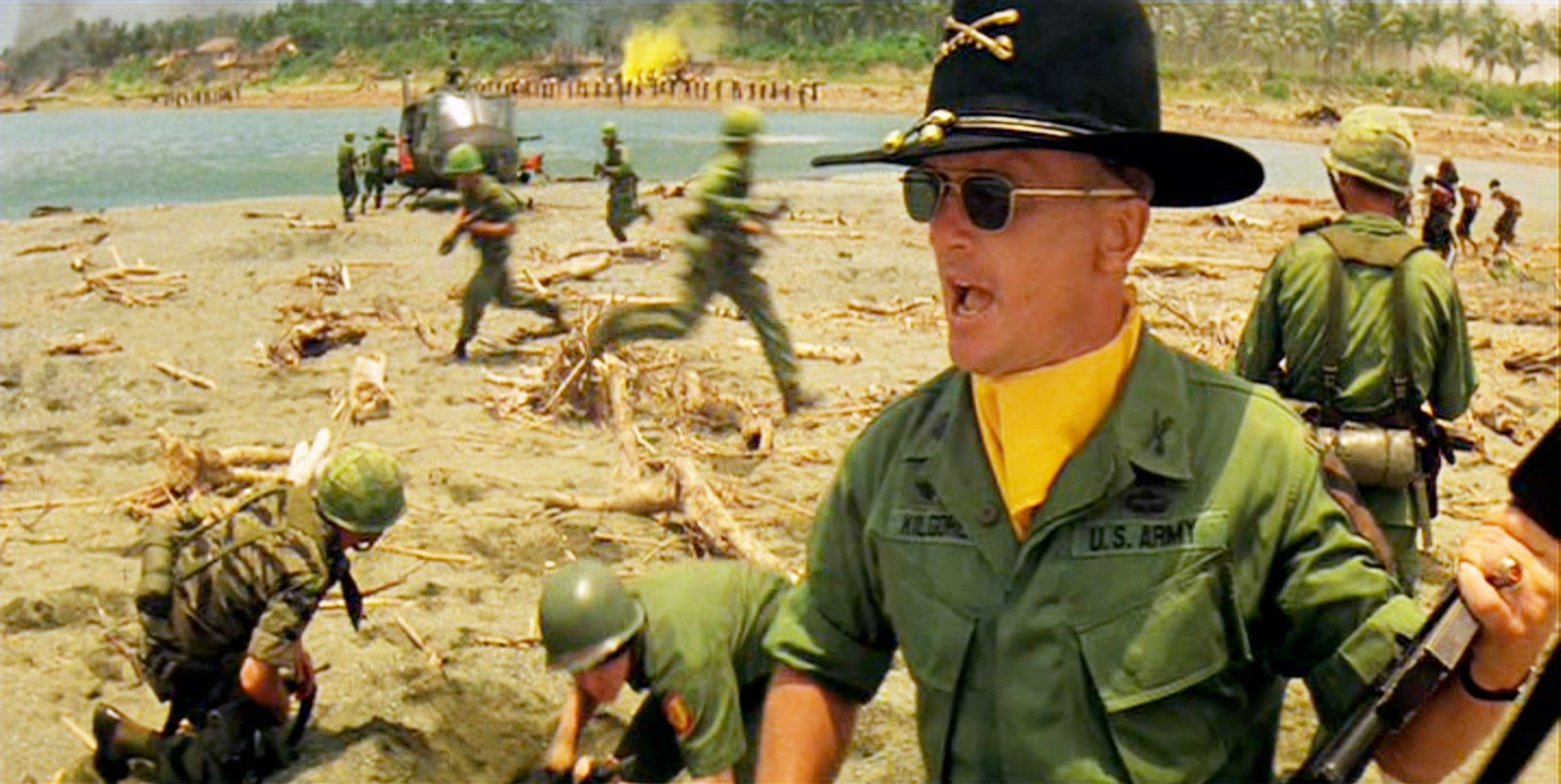
The magnum opus of director Francis Ford Coppola (sorry, “The Godfather”. You are a masterpiece that has the most honorable second place in the history of film), “Apocalypse Now” follows the story of Captain Benjamin L. Willard (Martin Sheen), a man sent on a mission in Cambodia to assassinate Colonel Walter E. Kurtz (Marlon Brando), a renegade that commands a local tribe and that the U.S. Army believes to have gone insane.
This adaptation of Joseph Conrad’s novel “Heart of Darkness” that shared the Palme d’Or in 1979 with “The Tin Drum” (directed by Volker Schlöndorff) is often considered the best in Coppola’s career, and if you notice that this is the director of The Godfather trilogy, a true masterpiece in the history of film, it gives us the dimension of how majestic this movie really is.
With brilliant work in editing and sound, allied with powerful performances by Sheen, Brando and Robert Duvall, “Apocalypse Now” is not only a visually stunning movie as it is a lesson on how to develop, introduce and work with the characters to make a story as solid as possible.
10. Come and See (1985), directed by Elem Klimov
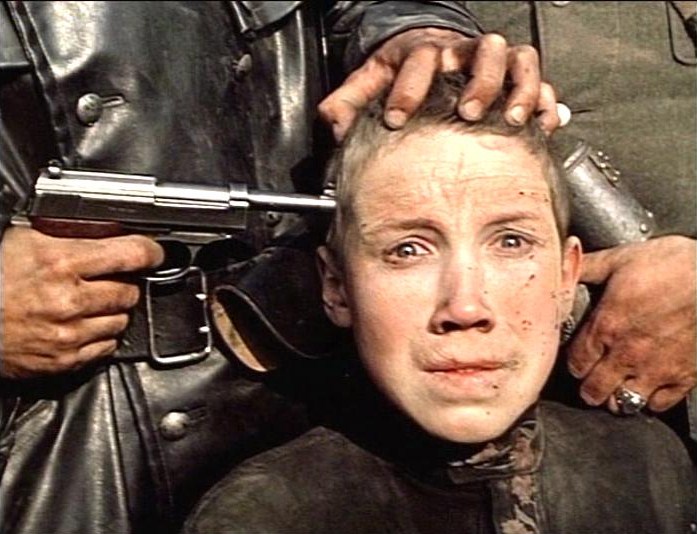
Deservedly lauded as the best war movie of all time, Elem Klimov’s “Come and See” follows a young boy who, after finding a rifle, ends up joining the Soviet resistance to fight the Germans. This Soviet jewel shows us Florya Gaishu, a young boy who experiences the horrors of war and suffers its dreadful consequences on the body and mind.
Not relying exclusively on the visual depiction of violence, “Come and See” shows the torture that an environment taken by the war inflicts on the mind of its lead character and others around him. The film also has a great use of sound and imagery that are located out of the shots, leaving it to the people in the audience to imagine and picture for themselves some of the atrocities that occur in that place.
“Come and See” is a treasure of world cinema and the powerful performance by Aleksey Kravchenko, who was only about 15 years old by the time the film was released, makes it a mandatory masterpiece that should be watched by any cinephile who is interested in intense and well-built drama allied with vigorous mise en scène.
Author bio: Vítor Guima is a filmmaker, writer and musician from São Paulo, Brazil. Every day he watches a movie, reads a few pages from a book, listens to an album and freaks out with the feeling of not having enough time to see everything. You can follow him on Instagram on @ovitorguima.